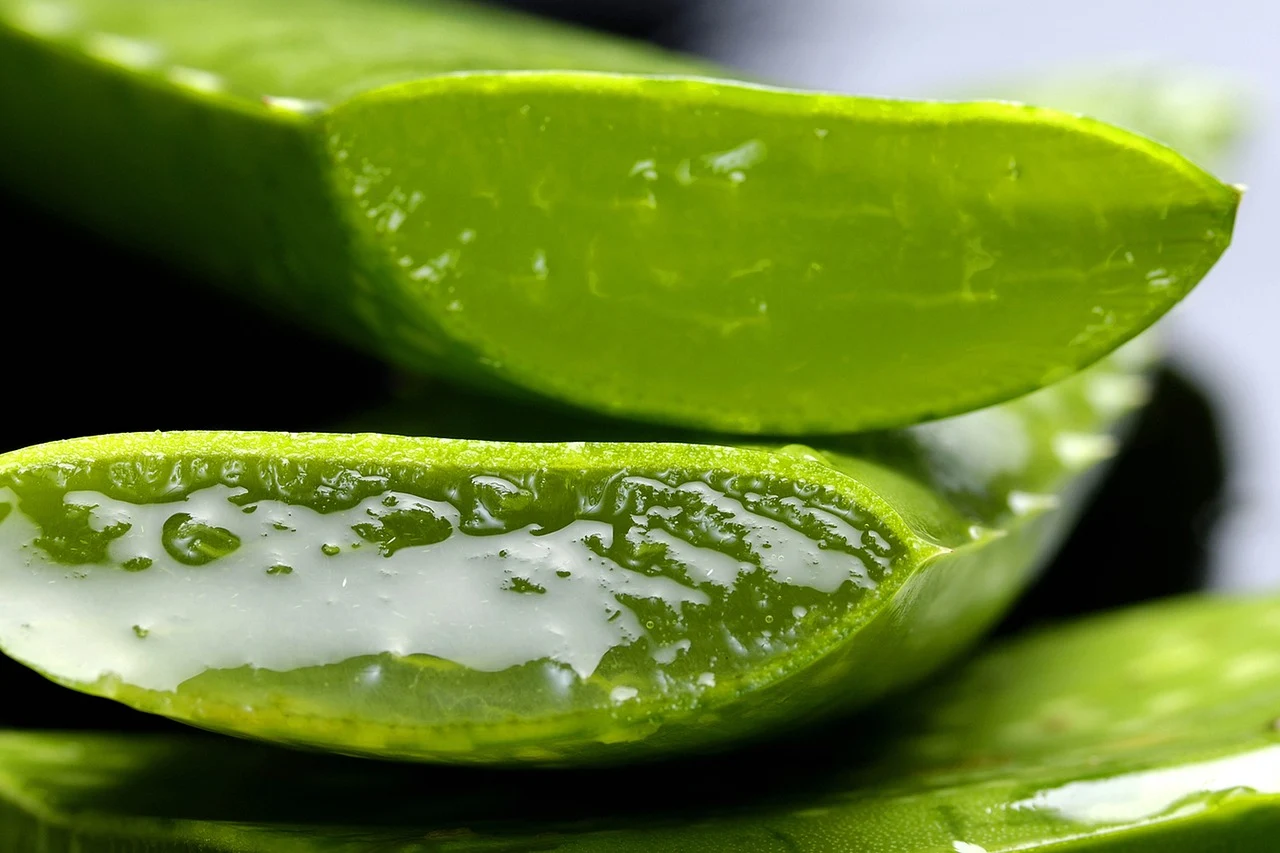How to Propagate Aloe Vera: A Step-by-Step Guide?
Aloe vera is a popular and resilient plant, known not only for its medicinal uses but also for its ease of propagation. Whether you're looking to expand your indoor garden or share plants with friends, propagating aloe vera is a rewarding and straightforward process. This guide will walk you through how to propagate aloe vera, ensuring that your new plants grow strong and healthy.
For more information on general care, check out our articles on Aloe Vera Plant Care: A Comprehensive Guide to Thriving Succulents and The Ultimate Guide to Growing Aloe Vera as an Indoor Plant.
Why Propagate Aloe Vera?
Propagating aloe vera is a great way to multiply your plants without having to buy new ones. Aloe vera naturally produces offsets, also known as "pups," which can be separated from the mother plant and grown into independent plants. This process is not only cost-effective but also allows you to keep your plant collection thriving and healthy.
When to Propagate Aloe Vera
The best time to propagate aloe vera is during its active growing season, typically in the spring or summer. During these months, the plant is most vigorous, and the pups will have a better chance of successfully establishing themselves. Avoid propagating in winter when the plant is dormant and less likely to thrive.
Step-by-Step Guide to Propagating Aloe Vera
1. Identify the Pups
Aloe vera pups are smaller versions of the parent plant that grow at the base. They usually have their own root system and can be easily separated from the main plant. Pups should be at least 3 to 4 inches tall before being removed for propagation.
2. Remove the Pup
To remove a pup, gently dig around the base of the aloe vera plant, exposing the roots. Carefully pull the pup away from the mother plant, making sure it has some roots attached. If the pup doesn’t separate easily, use a clean, sharp knife to cut it away, ensuring you don’t damage the roots.
3. Let the Pup Dry
After separating the pup, let it dry for a few days in a shaded area. This allows the cut to callous over, reducing the risk of rot when the pup is planted. The drying process is crucial, especially if you had to cut the pup from the mother plant.
4. Plant the Pup
Once the pup has dried and calloused, it's time to plant it. Use a well-draining potting mix, such as a cactus or succulent blend, and choose a pot with drainage holes to prevent water from pooling at the bottom. Place the pup in the center of the pot and cover the roots with soil, making sure not to bury the leaves.
5. Water Sparingly
After planting, wait a few days before watering to allow the roots to settle. When you do water, do so sparingly—aloe vera is prone to root rot if overwatered. A light watering every few weeks is usually sufficient, especially while the plant is establishing itself.
6. Provide Proper Light
Place your newly propagated aloe vera in a spot where it will receive bright, indirect sunlight. Too much direct sunlight can stress the young plant, while too little light can lead to weak, leggy growth. A south- or west-facing window is usually ideal.
Caring for Your New Aloe Vera Plants
After successfully propagating your aloe vera, it's important to continue providing the proper care to ensure healthy growth. Regularly check the soil for dryness before watering and keep the plant in a location with adequate light. For detailed care instructions, refer to our articles on Aloe Vera Plant Care: A Comprehensive Guide to Thriving Succulents and The Ultimate Guide to Growing Aloe Vera as an Indoor Plant.
Common Propagation Issues and Solutions
Root Rot: Caused by overwatering or poorly draining soil. Ensure that your soil mix is appropriate for succulents and that you water sparingly.
Slow Growth: If your new plant isn’t growing well, it may not be receiving enough light. Consider moving it to a brighter spot or supplementing with a grow light.
Wilting: Wilting can occur if the plant is under or overwatered. Adjust your watering schedule and check the soil moisture level to ensure it's balanced.
Conclusion
Propagating aloe vera is an easy and effective way to expand your plant collection. By following these steps, you can successfully grow new aloe vera plants that will thrive in your home. Whether you're a seasoned gardener or just starting out, aloe vera is a rewarding plant to propagate and care for.
For more in-depth guidance on caring for your aloe vera, don’t forget to explore our related articles: Aloe Vera Plant Care: A Comprehensive Guide to Thriving Succulents and The Ultimate Guide to Growing Aloe Vera as an Indoor Plant.
Most Popular

Indoor Gardening 101: How to Start, Grow, and Maintain Your Indoor Garden

Propagating Fiddle Leaf Fig

Low Light Indoor Plants: Perfect Greenery for Dim Spaces

Pet friendly Indoor Plants: Safe Options for a Green Home

How to Fertilize Indoor Plants: A Simple Guide

How to Propagate Aloe Vera: A Step-by-Step Guide?

The Ultimate Guide to Growing Aloe Vera as an Indoor Plant

Aloe Vera Plant Care: A Comprehensive Guide
Footer Menu Widget
Copyright © 2024Indoor Flourish




0 Comments